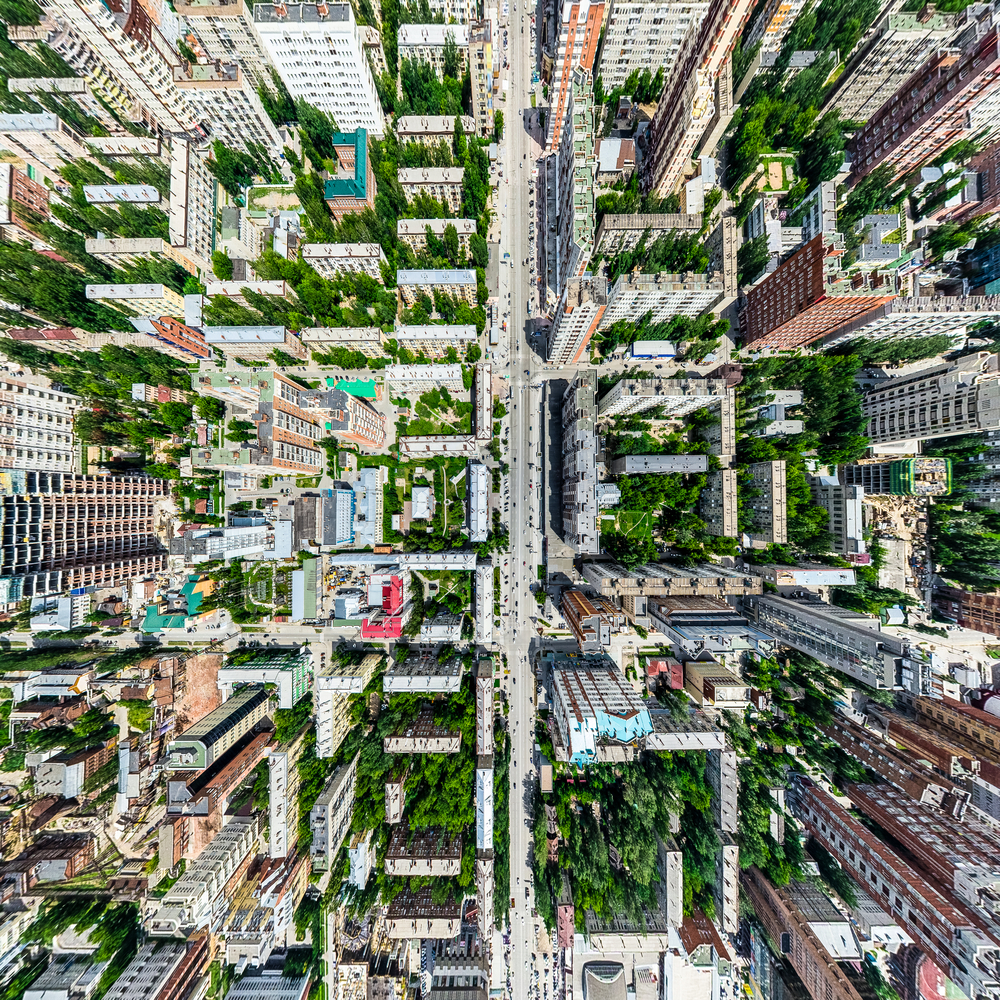Nature-based solutions in cities: A G20 priority
How we build cities is integral to fighting climate change, and can also solve a range of other social problems if done properly
Cities drive – and are vulnerable to – the triple planetary crisis of climate change, nature and biodiversity loss, and pollution and waste. They are responsible for up to 80% of emissions. They are where the air pollution that kills millions of people each year hangs most heavy. Heat domes and heatwaves are increasingly baking city dwellers, particularly in low-income areas.
However, cities have the power to address the triple planetary crisis while increasing the resilience of their people and assets. To do this, we must use the ingenuity and industriousness we showed to build our cities in the first place to rethink how they work. As laid out in “Resilient, Smart and Sustainable Cities: The Power of Nature-based Solutions” – a report produced by the United Nations Environment Programme and the United Nations Development Programme to support Italy’s G20 presidency – the key change is to let nature back into our cities in meaningful ways through nature-based solutions.
The power of nature in cities
How? In city planning, we can design in forests, parks and wetlands. We can prioritise green roofs and streets to reduce air pollution and cool cities naturally, instead of using power-hungry air conditioning. We can use green, blue and hybrid infrastructure to make cities more resilient, using permeable surfaces that allow rainwater to seep back into the soil, recharging our aquifers and minimising dangerous torrents instead of wasting freshwater directly into the sea. We can look at urban and peri-urban agriculture to reduce distance to markets and increase food security – a vulnerability clearly highlighted during pandemic lockdowns.
Such nature-based solutions are good for people, good for biodiversity, good for the climate, good for resilience, good for jobs and good for economies. Each hectare of urban green area could provide between $3,000 and $18,000 in benefits every year in carbon storage, stormwater reduction and pollution removal. Even better, these underinvested solutions are low tech and ready to go.
Three ways to boost nature-based solutions
How can the G20 help cities kick these nature-based solutions into gear, beyond the obvious and much-made point about using COVID-19 stimulus funds? UNEP’s report recommended action in three areas – which the G20 can prioritise as part of its initiative to enable states and cities to achieve carbon neutrality and enhance resilience.
The first recommendation is to build stronger multi-level governance. Many cities are already doing the right things, but they need help. One guiding principle for multi-level governance is putting nature-based solutions in cities into national climate mitigation and adaptation strategies, where urban content is underrepresented. G20 members can also recognise nature-based solutions in policy instruments, infrastructure standards and building codes. They can build partnership approaches that engage local and Indigenous communities.
The second recommendation is to value nature in city accounting and quantify its benefits, to help unlock finance for the restoration of natural assets and green and hybrid infrastructure. Urban trees in 10 of the world’s megacities generate $482 million annually in health cost savings from reduced pollution. Those numbers do not lie, so we need to start factoring them in.
The third recommendation is to build business models that include the private sector in large-scale deployment of nature-based solutions – which is why UNEP is working on guidance to identify revenue-generating models for nature-based solutions. Beyond using common financing models such as public-private partnerships, cities can think more broadly about how to secure private sector ownership: through local taxes or bonds, land value capture, and non-financial incentives such as green plot ratios and green procurement policies.
the opportunity is there
We still have time to make our cities real allies in making peace with nature, because about 75% of the infrastructure that will exist in 2050 is yet to be built. We need to rethink our cities, spurred by new concepts such as creating the 15-minute city and reducing urban sprawl. We need to use recovery packages and future-proof our investments in infrastructure. Nature must always be front and centre. G20 members can lead the way – both within their own borders and through showing solidarity with other countries.
As we regenerate urban centres, we should ensure that the urban footprint we put down is not one of sprawl and alienation, but one of compact, liveable spaces embedded in greenery. If we do it right, we can slow climate change and biodiversity loss. Provide jobs, clean water and air. Stay cool in rising temperatures. Turn the concrete jungles into urban forests, and provide a healthy, equitable and sustainable life to everybody who lives in them.
These are the kinds of cities we all deserve to live in.












